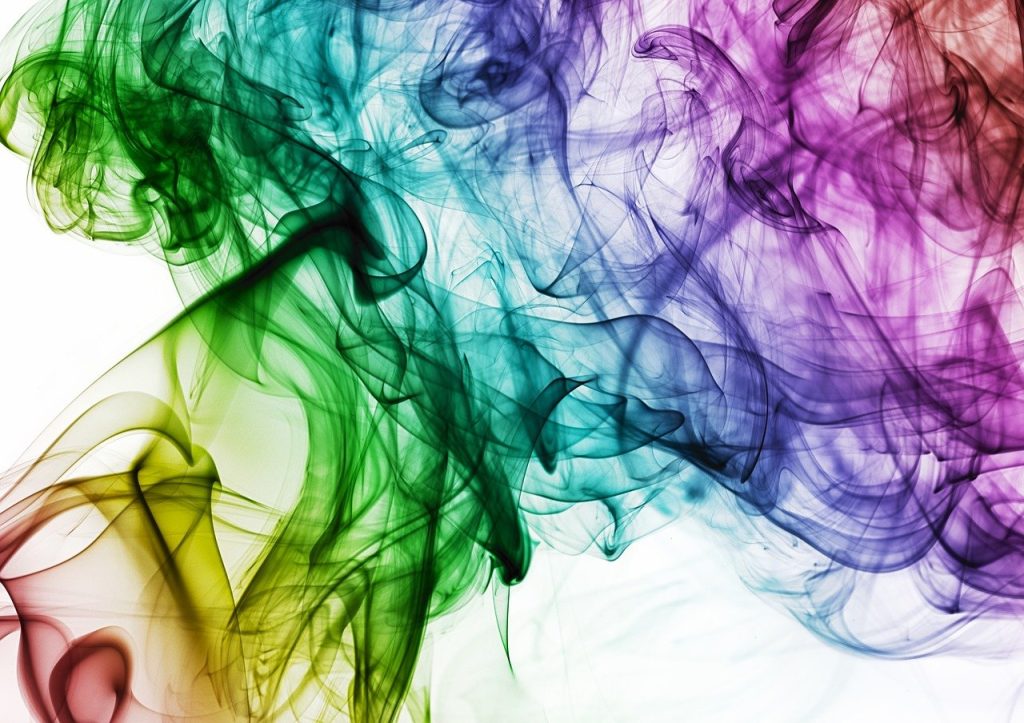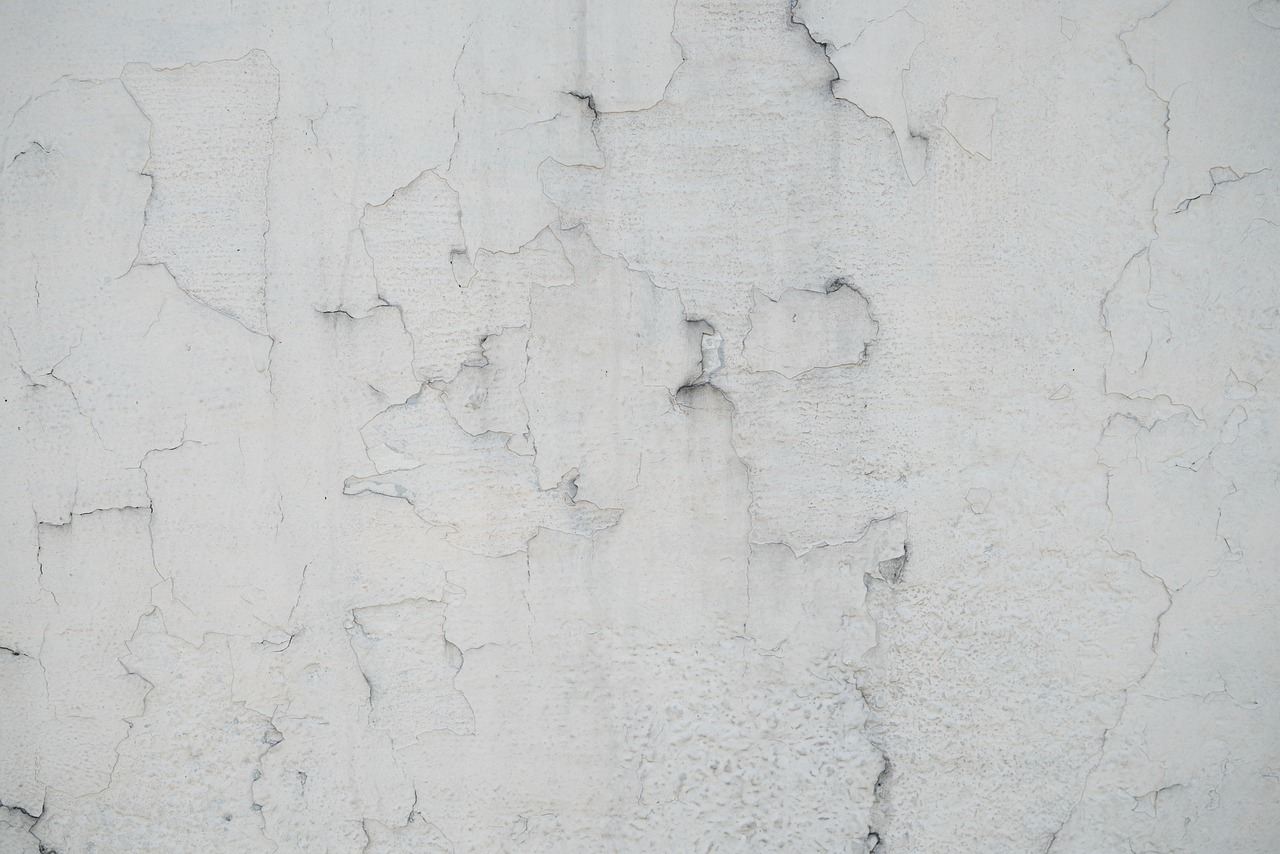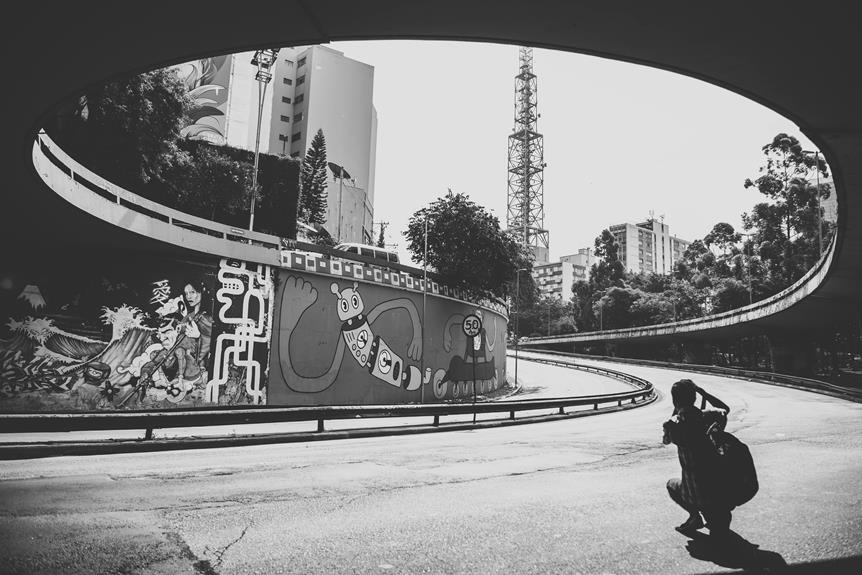Colourful Art

Colourful art transforms mere pigments into powerful expressions that communicate emotions and narratives. Artists like Henri Matisse and Gustav Klimt used vibrant palettes to evoke joy and intimacy, employing techniques from abstract expressionism to pop art. Colours like blue and green stimulate the mind, while red and orange ignite passion and energy. In home decor, these hues can create harmonious and inspiring environments. When choosing art, consider how the colours will interact with your space, reflecting both personal and cultural significance. Explore how these vibrant artworks can transform your surroundings and elevate your emotional landscape.
Key Points
- Colourful art leverages vibrant compositions to evoke emotions and cultural resonance.
- Artists like Henri Matisse and Gustav Klimt use bold palettes to communicate joy and intimacy.
- Techniques such as colour blocking and splatter painting create dynamic visual effects.
- Abstract expressionism and pop art are popular styles featuring colourful, engaging artworks.
- Colours like blue, green, red, and orange influence mood, productivity, and creativity in art.
The Power of Colour
Exploring the power of colour can profoundly influence your mood, productivity, and creativity, making it a pivotal element in designing any space.
Colour psychology investigates how hues like blue and green can stimulate your mind and foster creativity, enhancing productivity. Historically, these colours have carried cultural significance; blue often symbolizes tranquillity and trust, while green is linked to growth and renewal.
The emotional impact of red and orange, known to evoke energy and passion, has roots in their historical use in rituals and celebrations. By understanding these nuanced effects, you can thoughtfully incorporate colour into your environment, creating spaces that not only look appealing but also resonate deeply on an emotional and cultural level.
Styles and Techniques
Building on the psychological impact of colours, various styles and techniques in colourful art, such as abstract, impressionism, pop art, and surrealism, offer unique methods for artists to evoke emotions and convey complex messages. Abstract expressionism employs vibrant compositions and spontaneous methods, while surrealism uses bold brushstrokes to depict dream-like scenes. Impressionism captures fleeting moments with delicate colour blending, and pop art utilizes bold colour contrasts to reflect contemporary culture. Techniques like colour blocking and splatter painting add dynamism. Artists leverage these styles, employing colour theory to create works that resonate deeply with viewers.
| Style | Technique |
|---|---|
| Abstract Expressionism | Vibrant compositions |
| Surrealism | Bold brushstrokes |
| Impressionism | Delicate blending |
| Pop Art | Bold color contrasts |
| Various Styles | Colour blocking, splatter |
These methods make colourful art a powerful medium for artistic expression.
Famous Colourful Artists
Renowned for their masterful use of colour, Henri Matisse and Gustav Klimt created iconic artworks that profoundly influenced the trajectory of modern art.
Matisse’s vibrant palettes, seen in masterpieces like ‘The Dance,’ utilize colour psychology to evoke joy and movement. His bold hues and dynamic compositions challenged traditional artistic norms, leaving a lasting artistic influence.
Similarly, Klimt’s ‘The Kiss’ uses symbolic meanings through lush golds and intricate patterns, reflecting themes of love and intimacy. These artists didn’t just paint; they communicated emotions and narratives through their distinct use of colour.
Their pioneering approaches continue to inspire, showing how vibrant palettes can transform mere pigments into powerful, evocative statements in the world of art.
Colour in Home Decor
Incorporating colour into your home decor can profoundly influence the ambience and functionality of your living spaces, drawing on historical and psychological insights to create a personalized environment.
Through colour psychology, you can harness the productivity benefits of blue for your home office, as it stimulates the mind.
Green, associated with renewal and creativity, works wonders in creative spaces like art studios.
For areas needing energy, red and orange evoke vitality, perfect for workout zones.
Craft your colour schemes by considering personal and cultural associations, ensuring crucial harmony.
Remember, individual responses to colour vary, so experiment to find what resonates with you.
Tailoring your environment with thoughtful hues can transform your home into a sanctuary of inspiration and efficiency.
Choosing the Right Art Piece
When selecting the right art piece, consider how the colours in the artwork can harmonize or contrast with your existing decor to create a visually engaging and emotionally resonant space. Colour psychology can influence the room’s inspiration, evoking tranquillity with blues or energy with reds. Testing different shades and tones under varied lighting conditions guarantees the art enhances your room’s overall aesthetic.
Additionally, your personal taste and cultural influences play pivotal roles. For example, certain colours might carry specific cultural meanings or personal memories that make a piece more appealing to you.
| Colour | Mood Evoked | Cultural Influence |
|---|---|---|
| Blue | Calm, Serene | Trust, Stability |
| Red | Energetic, Bold | Passion, Power |
| Yellow | Cheerful, Bright | Happiness, Optimism |
Frequently Asked Questions
What Is Colourful Art Called?
You’d call colourful art styles like Pop Art and Fauvism. Pop Art emerged in the 1950s, emphasizing bold colors and popular culture, while Fauvism, from the early 20th century, used vivid hues to express emotional intensity.
What Art Style Has Vibrant Colors?
You’ll find vibrant colours in Expressionist paintings, where artists convey intense emotions, and in the Fauvist movement, which broke traditional colour rules to create vivid, eye-catching works. Both styles revolutionized how color impacts emotional and visual experiences.
What Is One Color Art Called?
You’re asking about one-colour art, which is called monochromatic art. Artists use monochromatic techniques to craft single-hue masterpieces, exploring how varying shades and tones of one colour impact emotions and create cohesive, harmonious visuals.
What Is the Art Style With a Lot of Color?
You’re looking for art styles rich in colour. Fauvism, from the early 20th century, used vivid, non-naturalistic colours. Abstract Expressionism, emerging mid-century, also embraced bold, intense hues to convey emotion and energy, breaking traditional norms.
Conclusion
In exploring colourful art, you’ve delved into its transformative power, diverse styles, and influential artists.
Historical contexts reveal that colour isn’t just visual but emotional and cultural.
As you consider incorporating colour into your home, remember that it’s not just about aesthetics; it’s about creating a space that resonates with your soul.
Choose art pieces that speak to you, and let their vibrant energy redefine your environment.
Colour, after all, is life’s most vivid expression.
Author: Jessica Hartley

